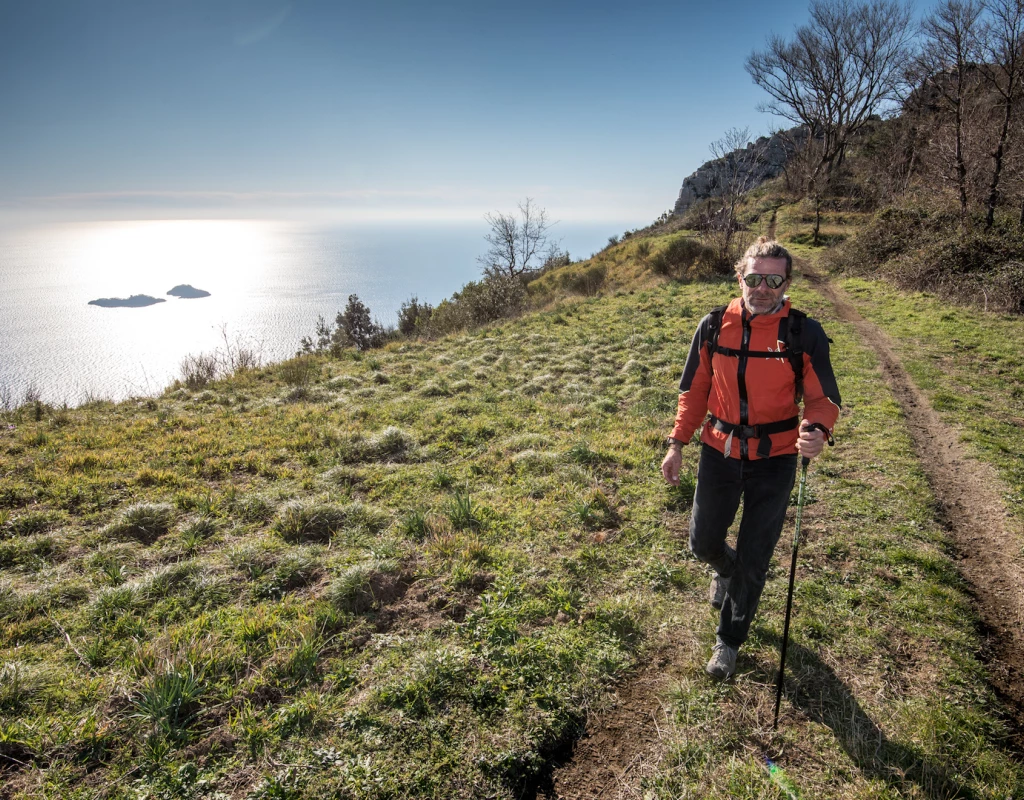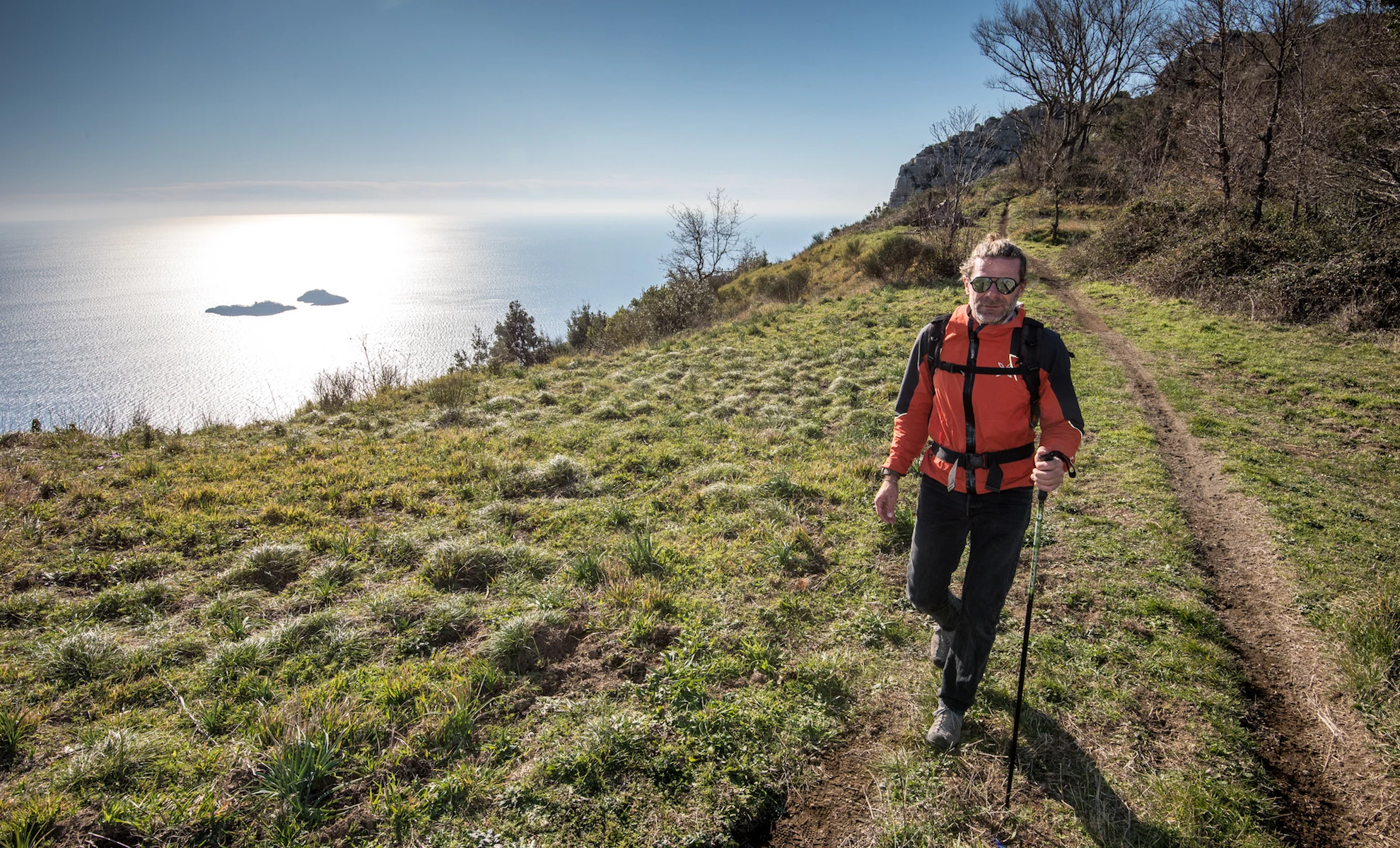A 19th century castle hides among the thick vegetation of Piano di Sorrento. It is currently a park that houses small private apartments, but it was originally the ancient home of count Eduardo Colonna Doria Del Carretto di Paliano, prince of Summonte.
In 1850 the count bought this building, which had been abandoned for almost 60 years, and transformed it into a manor house. It was actually the medieval abbey of San Pietro in Carmenna, from which the name of the whole “Colli di San Pietro” district derives. Starting from the 8th century, a small peasant village gradually began to form near the convent of the Basilian monks. Since then the village continues to express its rural essence.
The top of Monte Vico Alvano | Ph. Gianluigi Di Maio
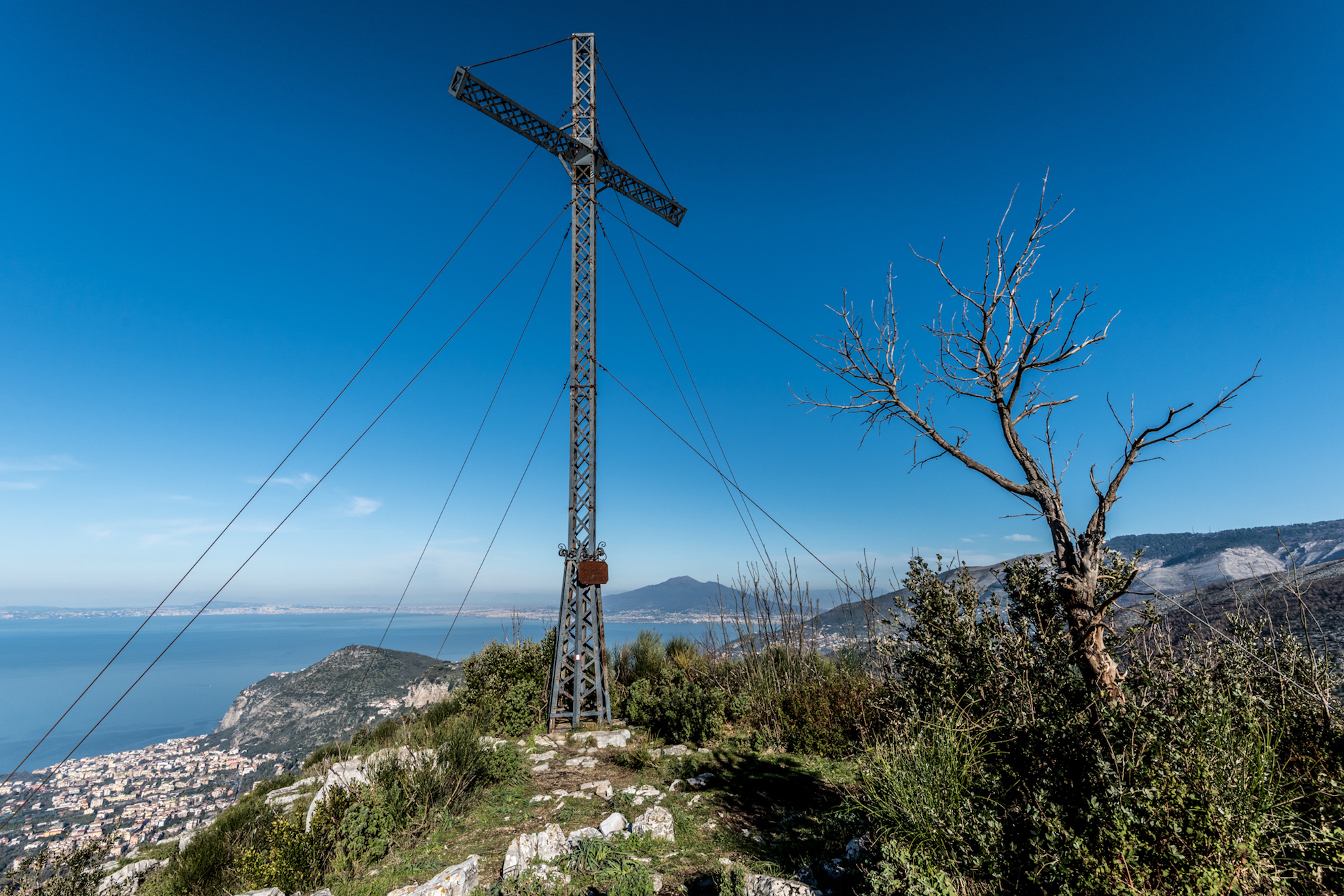
We are at the foot of Monte Vico Alvano, a top of 642 meters not far from the sea. Simona, naturalist and local hiking guide, goes with us along the path that leads to the top of the promontory, a short stretch of the legendary path 300, reaching Punta Campanella from Cava de’ Tirreni. Our itinerary inevitably leads us to cross the park of Castello Colonna. “Once upon a time there was a luxuriant holm oak forest – Simona says – and it ended at higher altitudes than the current ones, if we go all the way to the top”. Unfortunately, in recent decades, fires devastated the area several times, thinning out the woods.
Ph. Gianluigi Di Maio
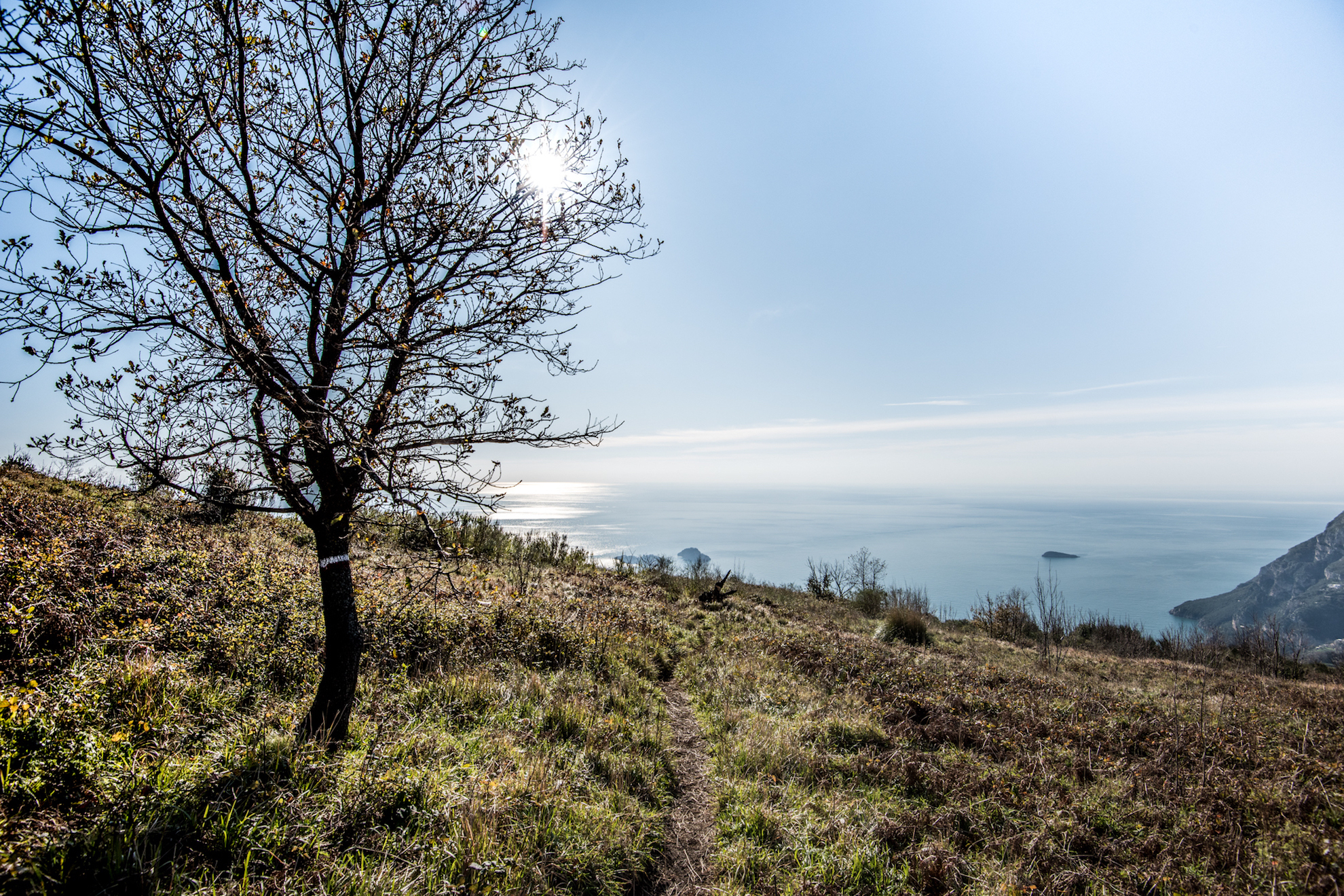
The path climbs gently along the mane of the mountain among the typical plants of the Mediterranean scrub. The scents of myrtle, mastic, strawberry tree and phyllea soothe the effort of the climb. “In spring – Simona says – the Neapolitan santolina, endemic plant of the Lattari Mountains, dresses the hill in bright colors». A natural carpet rich in cistus, mullein, lunaria, milkweed, ferula, broom and furze, just to name a few species.
Ph. Gianluigi Di Maio
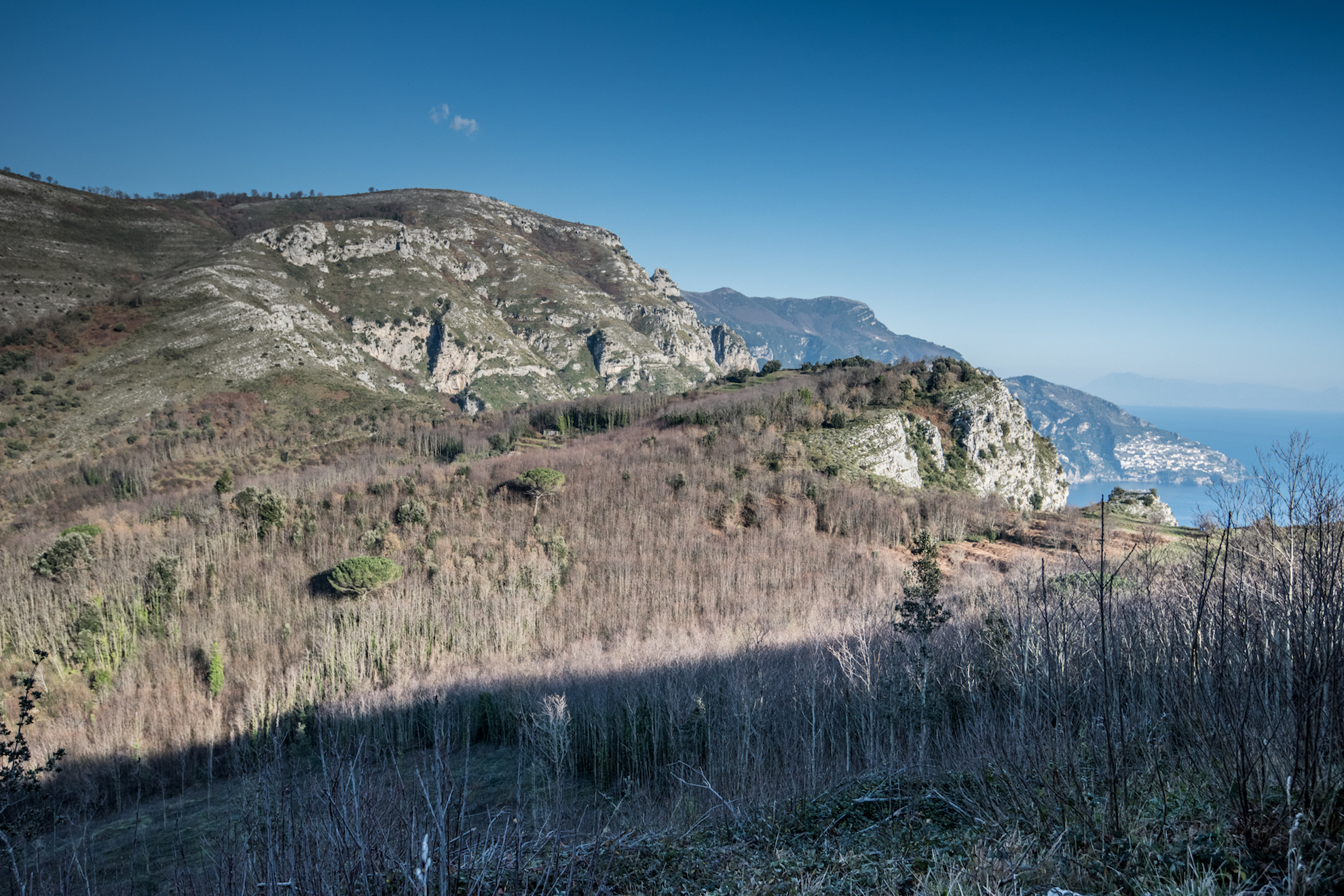
Going higher, the Mediterranean vegetation gives way to the mixed forest, seriously damaged by fires. «At the top you can still see, petrified by the flames but asleep in an eternal winter, the three beech trees that probably testified an ancient branch of the Monte Faito beech forest up to here». Just before the top, a sign shows the directions towards some of the most beautiful places of the Sorrento Peninsula and the Amalfi Coast: the village of Arola, the mountain district of Agerola and Punta Campanella.
Ph. Gianluigi Di Maio - Trentaremi
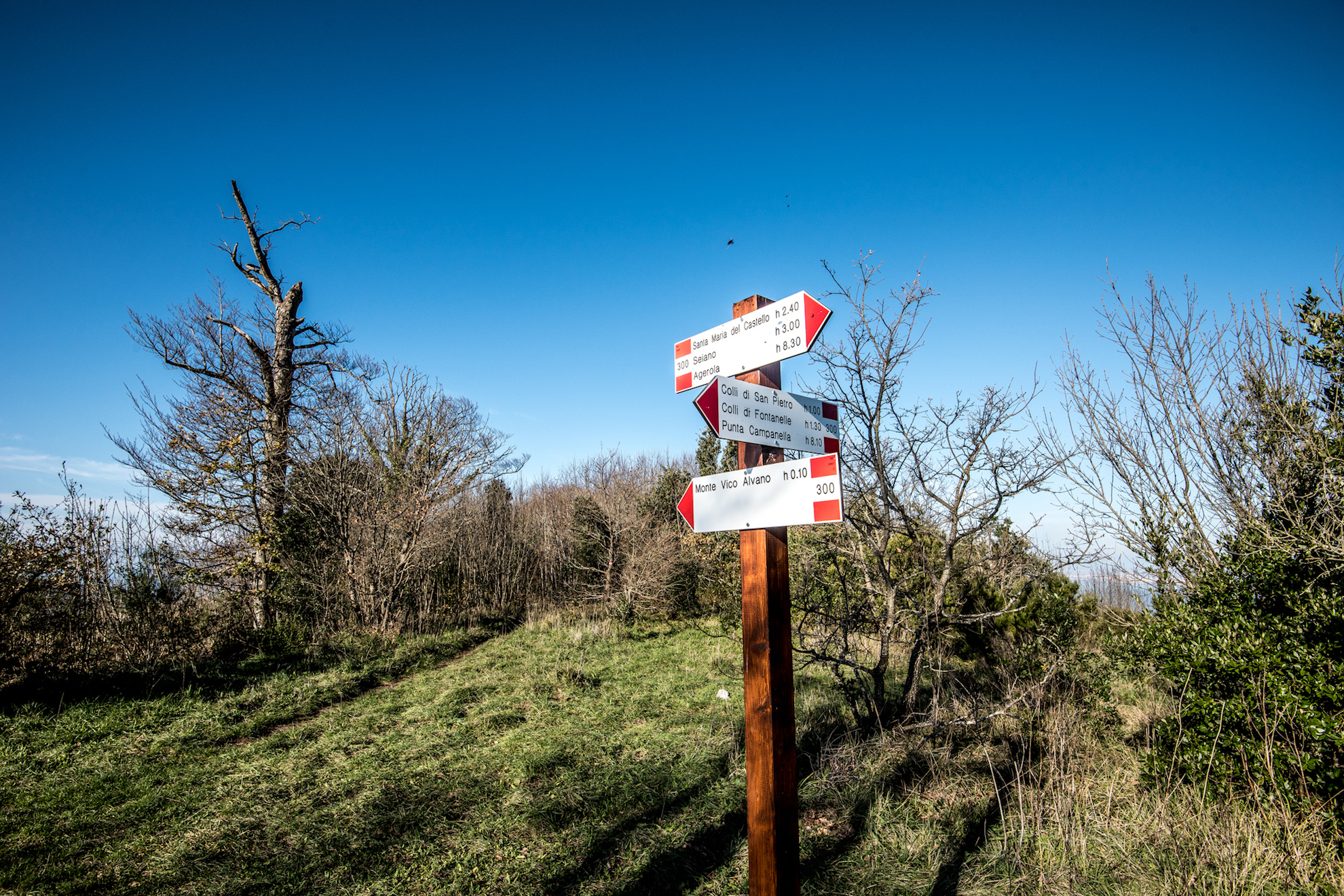
After all, Monte Vico Alvano has always been a crossroads between the villages of the Amalfi Coast: «The paths that climb along the slopes were once the main and fastest ways of communication – our guide tells – especially between the Salerno side and Vico Equense. Ancient streets, no longer practicable, led from the area called “sella” to the beach below called “Chiosse” (or Sciosse) and to the Scaricatojo, certainly difficult outlets on the sea, but important for the highest villages in the territory of Vico».
Selva della Tomba: a marble memorial stone remembers the victims of the 19th century epidemics | Ph. Gianluigi Di Maio
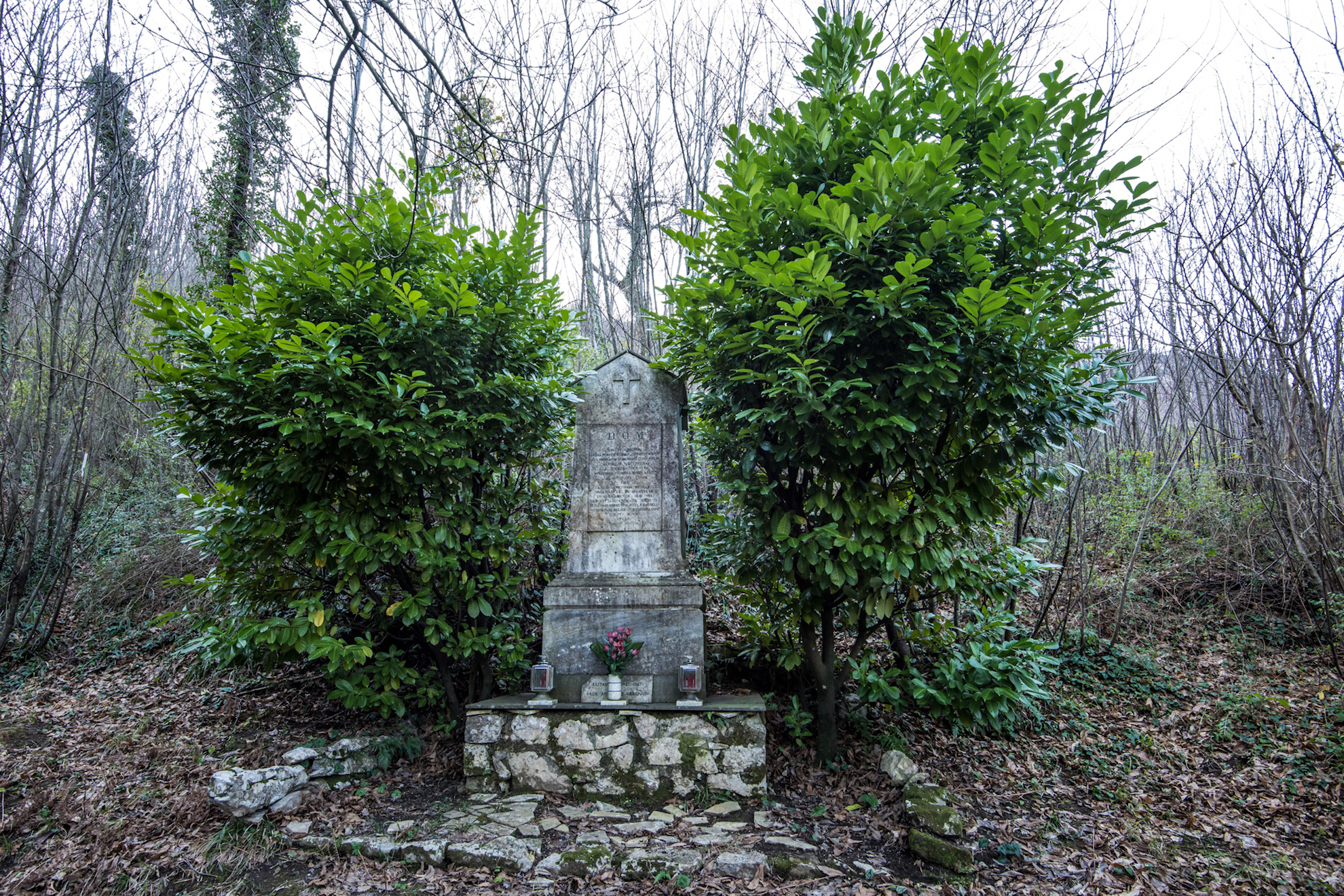
From the top of Monte Vico Alvano you can see the towns of Sorrento, Sant’Agnello and Piano di Sorrento in a single glance. If we turn slowly, our gaze rests on Monte Comune and Faito. We are separated from these two mountains by the Sella di Arola, a valley rich in Neapolitan maples and chestnuts, cut every 15-20 years to make wood. The woods are enriched by black pines, holm oaks, thick “fountains” of grass family plants and dozens of herbaceous species where saffron, daffodils and orchids excel in beauty. A little further down you enter the Selva della Tomba, so called because in the nineteenth century the victims of the epidemics in the Peninsula were buried there.
From top to bottom: the city of Praiano, the Germano Rock and the beach of Tordigliano | Ph. Gianluigi Di Maio
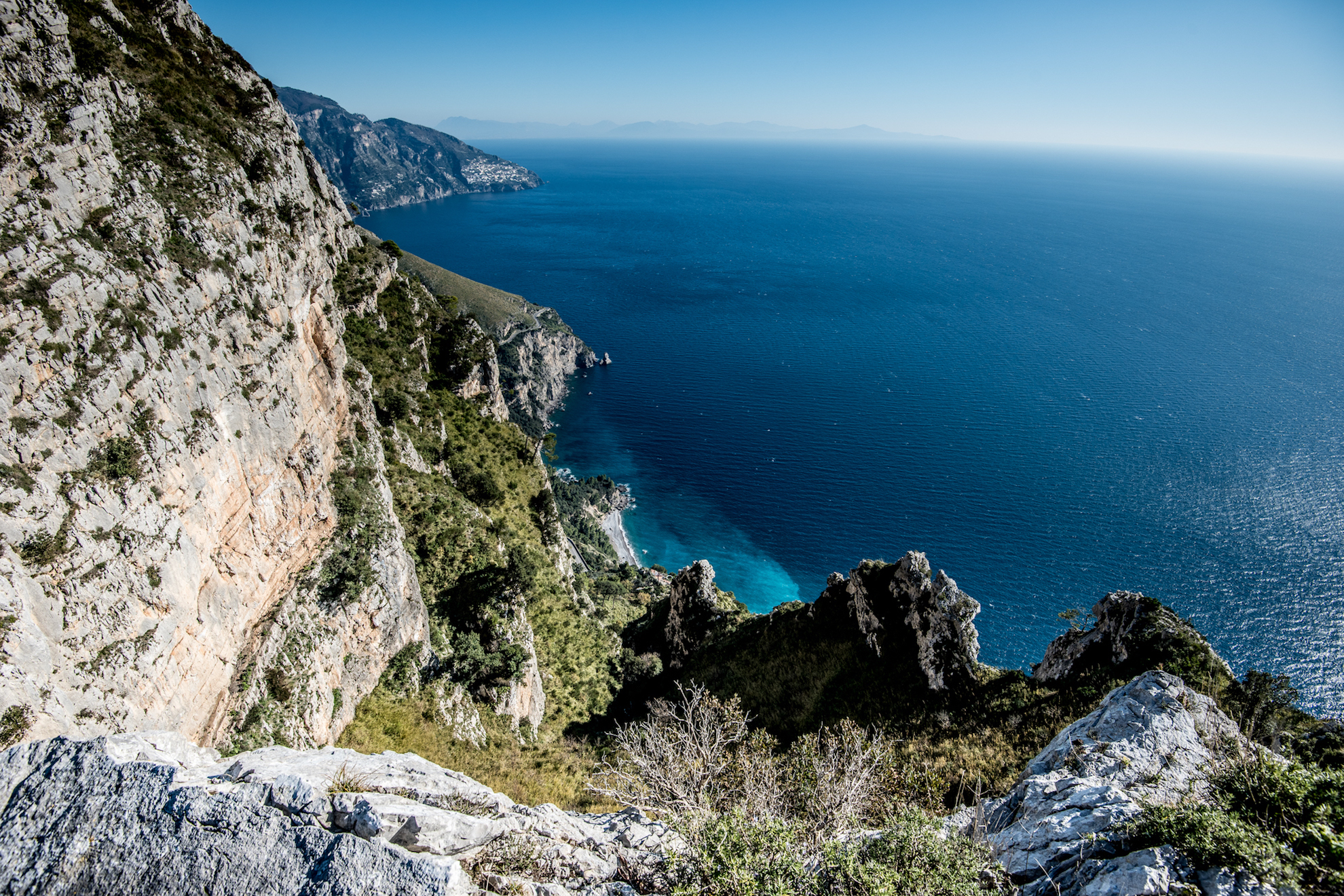
Descending from the top, before the hairpin turns of Vico Alvano, Simona suggests that we look out onto the other side. Thus we arrive on a large natural terrace with a dizzying cliff on the beach of Tordigliano. From here Praiano is not so far away, while the bay of Positano is just behind a promontory on the sea. The position is indicated by the Germano Rock, from where the Amalfi Coast begins. A thrill- looking of one of the lesser known but most evocative mountains of the Sorrento Peninsula.
